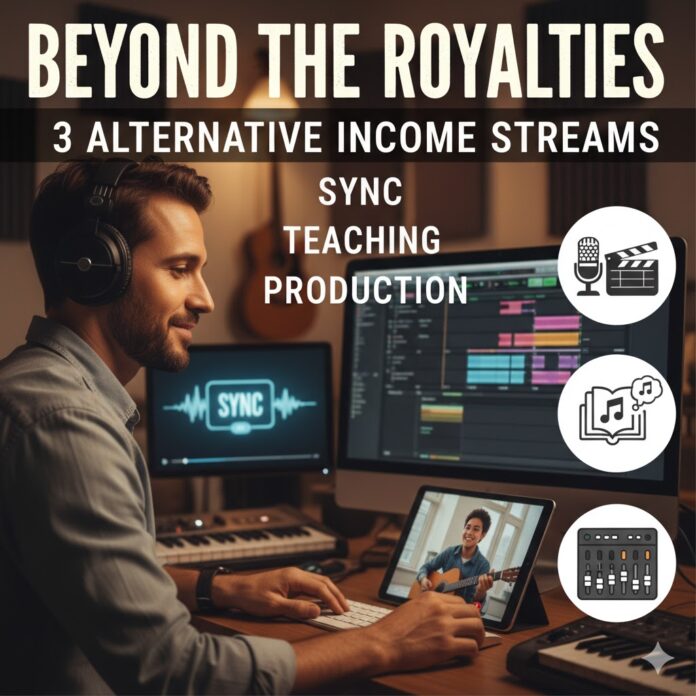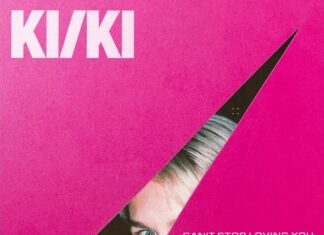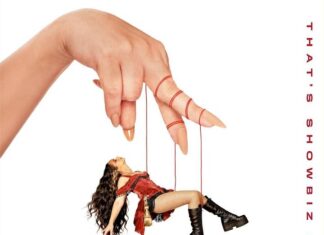
🎸 Beyond the Royalties: How to Build 3 Alternative Income Streams Before You Quit Your Day Job
Are you a musician dreaming of a life free from the 9-to-5?
For decades, the standard path to a full-time music career was a relentless pursuit of royalties—from record sales, streaming, and publishing. But the landscape has changed. To truly quit your day job, you can’t wait for a viral hit; you need a diverse portfolio of income.
Before you hand in your notice, you should be generating consistent revenue from at least three alternative income streams. These streams use the same musical skills you already possess but leverage them in different markets.
Here’s how to build a resilient, multi-faceted music business using Sync Licensing, Teaching, and Production, all while keeping your current job.
1. 🎬 Sync Licensing: The Passive Income Powerhouse
Sync licensing (or synchronization licensing) is the act of getting paid when your music is “synced” to a visual medium—like a film, a TV show, a commercial, or a video game. This is one of the most powerful sources of passive income for musicians.
Why it Works Before You Quit
You don’t need to be available during business hours to write music for sync. You can create tracks in the evenings or on weekends and have them working for you 24/7.
🔑 Key SEO Keywords:
- sync licensing for musicians
- music placement opportunities
- how to get music in commercials
🛠️ Action Plan: Build Your Catalog
- Understand the Need: Music supervisors are looking for production-ready music. This means high-quality mixing/mastering, instrumental versions, and stems (isolated tracks).
- Join a Library/Publisher: The fastest way to get your music heard is through non-exclusive music licensing libraries or publishers. They handle the pitching and legal work for a split of the fee.
- Search for: “best non-exclusive music libraries”
- Produce Genre-Specific Music: Don’t just upload your band’s album. Create music specifically tailored for common sync needs: hopeful acoustic folk, corporate/uplifting electronica, or moody cinematic scores.
- Tag Everything: Libraries rely on metadata. Tag your tracks with mood, tempo, instrumentation, and potential uses (e.g., “Inspirational Corporate Tech,” “Driving Indie Rock for a Road Trip Scene”).
2. 🧑🏫 Teaching: The Consistent Cash Flow
Teaching music offers highly predictable, consistent income that is easy to schedule around a full-time job. Whether it’s guitar, piano, songwriting, or music production, you are selling your expertise, not your time on stage.
Why it Works Before You Quit
You can start small with 2-3 students in the evenings, generating an immediate and reliable weekly income stream that quickly builds financial stability.
🔑 Key SEO Keywords:
- online music lessons
- private music teacher income
- teaching music production online
💻 Action Plan: Start Small & Go Digital
- Define Your Niche: Don’t just teach “guitar.” Teach “beginner fingerstyle guitar” or “music theory for EDM producers.” A niche makes marketing easier.
- Set Up Online Lessons: The overhead is minimal. You only need a decent webcam and microphone. Online platforms (Zoom, Google Meet) allow you to teach students anywhere in the world, expanding your potential market far beyond your local area.
- Pricing Strategy: Start at a competitive rate for your local market (e.g., $40–$60 per hour), but require students to purchase a block of lessons (e.g., four sessions) upfront. This ensures stable monthly cash flow.
- Offer a Free Trial: Offer a 15-minute free consultation to prospective students. This builds trust and helps you assess their needs.
3. 🎛️ Production: The High-Value Service
If you’ve spent years learning how to record, mix, and master your own music, you have a valuable, highly marketable skill set. Offering your services as a music producer, mixing engineer, or audio editor allows you to leverage your technical expertise.
Why it Works Before You Quit
These services are project-based and can be performed entirely remotely on your own schedule. You can take on small mixing projects for other artists or do podcast editing, which has a huge market.
🔑 Key SEO Keywords:
- remote mixing and mastering services
- music production side hustle
- audio editing for podcasts
📣 Action Plan: Showcase Your Work
- Build a Portfolio: Create a dedicated “Services” page on your website showcasing your best work (your portfolio). Include before-and-after examples for mixing/mastering.
- Offer Introductory Rates: When you start, offer a discounted introductory rate for the first 3-5 clients in exchange for a testimonial. This is crucial for building credibility.
- Target the Indie Scene: Pitch your services directly to independent artists who are ready to invest in quality but can’t afford a major studio. Focus your marketing on artist communities and local forums.
- Specialization Pays: Consider specializing in a high-demand, non-music area, such as podcast production/editing, which often pays reliable hourly rates.
The Path to Full-Time
Quitting your day job isn’t about hitting the lottery; it’s about reaching a financial tipping point where your alternative streams consistently generate enough income to cover your basic living expenses.
Focus on building these three streams—Passive (Sync), Consistent (Teaching), and Service (Production)—over the next 6-12 months. Track the revenue from each. When your “side hustle” paycheck matches your main one, you’re ready to make the leap.
Don’t wait for the royalties. Build your business now.






















 🔥 Limited Time: Get 55% OFF All Plans - Ends in:
🔥 Limited Time: Get 55% OFF All Plans - Ends in: